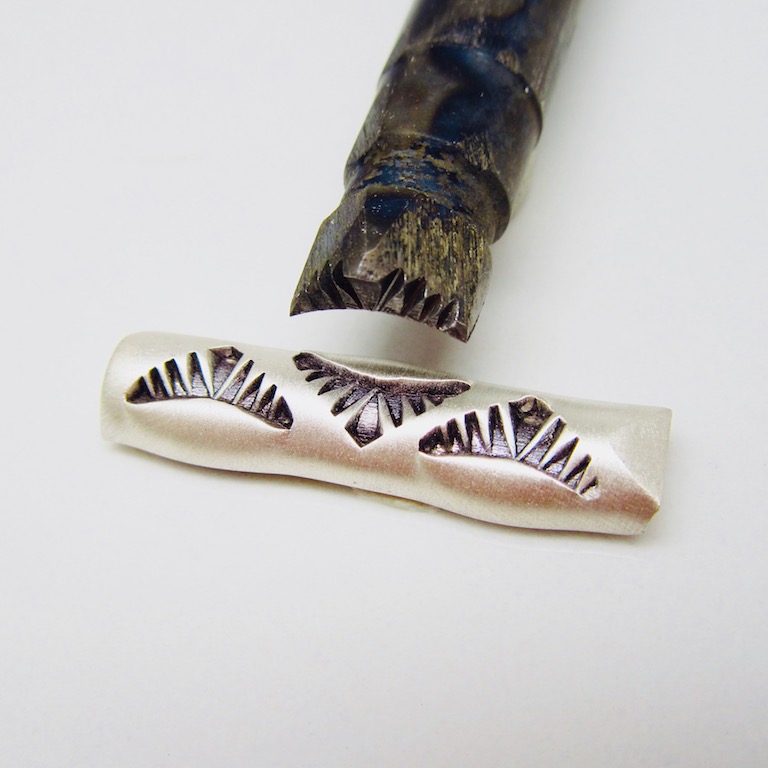
Rep R5&6 to 4sts AND also have been worked. R5: ssk, k to 2sts before marker, k2tog, sm, ssk, k to last 2sts, k2tog. Rep R3&4 to AND also until have been decreased. through the middle of this triangle, so that we may fairly consider one half as. Cut along this line from corner to corner, separating the square into two triangles. Using your ruler, measure the straight-line diagonal across the first square. Experiment with the wing size to see what flies best Did you know Some planes have small wings at the front, similar to this backwards triangle dart. Half Square Triangles HST Option 1: 1 pair at a time Cut a square out of Fabric A and another out of Fabric B, making them the same size. Also the flapping depends on flexibility of the center fold vs. It is the way to balance wing loading vs. If too shallow, the plane will stall - too deep, it will nosedive. In the plane we photographed, wing folds run about a centimetre from the centre line at the nose, to about four centimetres at the rear of the plane. One way to adjust this is by moving the last two wing folds (19 & 20) closer or farther away from center fold, making the center section shallower or deeper. R3: ssk, k to 2sts before marker, k2tog, sm, ssk, k to last 2sts, k2tog. As usual among insects, the anal field of the hind wing in cockroaches. Fold the plane in half and then fold the wings down and out. The weakside wing O3 moves up to the top and the weakside post player O4 moves to the. R1: ssk, kY minus four, k2tog, pm, ssk, kY minus four, k2tog. The Triangle half-court offense was originated by Sam Barry at the. The cut includes half a breast, a wing, and part of the back. = Calculating your stitch marker placement Generally includes a little more than one quarter of the meat on the chicken. Calculating your stitch count for the bottom shawl half 2 = AND Calculating your stitch count for the top shawl half For the bottom half of the shawl (the first half you work) you’ll decrease 6 stitches over two rows.ĭetermine your final gauge and desired depth along center back spine. I found the easiest way to calculate the number of hem stitches was to think of the shawl in two halves: top & bottom.įor the top half of the shawl (which would be the second half you work) you’ll decrease 4 stitches every other row. To create a bottom up triangle with wings is totally possible, but the math to figure out the number of stitches to cast on at your hem is a bit tricky.

Usually this causes the star to pass off to a wing. R5: k2, yo, k to marker, yo, sm, k1, sm, yo, k to last 2sts, yo, k2. As the star dribbles across half court, X2 sprints up to double-team. Rep R3&4 to half your desired shawl depth. Reasonably common in the southern half of Britain at least.

TRIANGLE HALF WING FULL
R3: k2, yo, k to marker, yo, sm, k1, sm, yo, k to last 2sts, yo, k2. At full rest, all four wings are splayed out and the tip of the abdomen is tilted upward.

This additional shaping produces the wings of your shawl. I didnt even try the other wing and the people sitting beside me said the same thing about their wings, so I wonder what was going on there. The bite I took was super 'chewy' and the inside still looked half cooked. To shape a Triangle with Wings, you work the first half of your shawl as if you were working a Right Triangle, then at your halfway point, you increase the rate at which you work the shaping along your top edge, from every other row, to every row. These dry rub wings looked great when presented to me, but after my first bite of the drumstick I couldnt go any further. This type of shawl is also occasionally called a heart shaped shawl, but I’ve always seen wings rather than a heart.

The second variation on the traditional right angle triangle has “wings,” which makes the top edge of the shawl curve up around the shoulders helping the shawl stay in place more easily.
TRIANGLE HALF WING SERIES
All the posts in the series can be found right here.
TRIANGLE HALF WING HOW TO
This is the seventh post in a series about different shawl shapes and how to knit them.


 0 kommentar(er)
0 kommentar(er)
